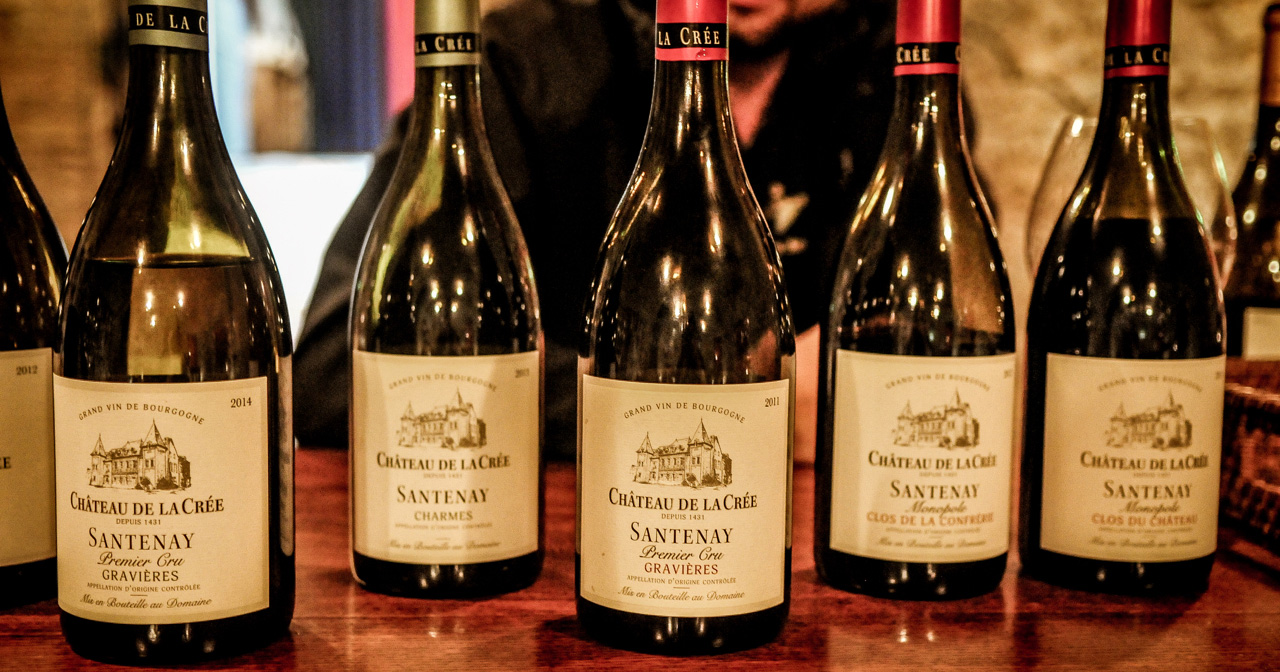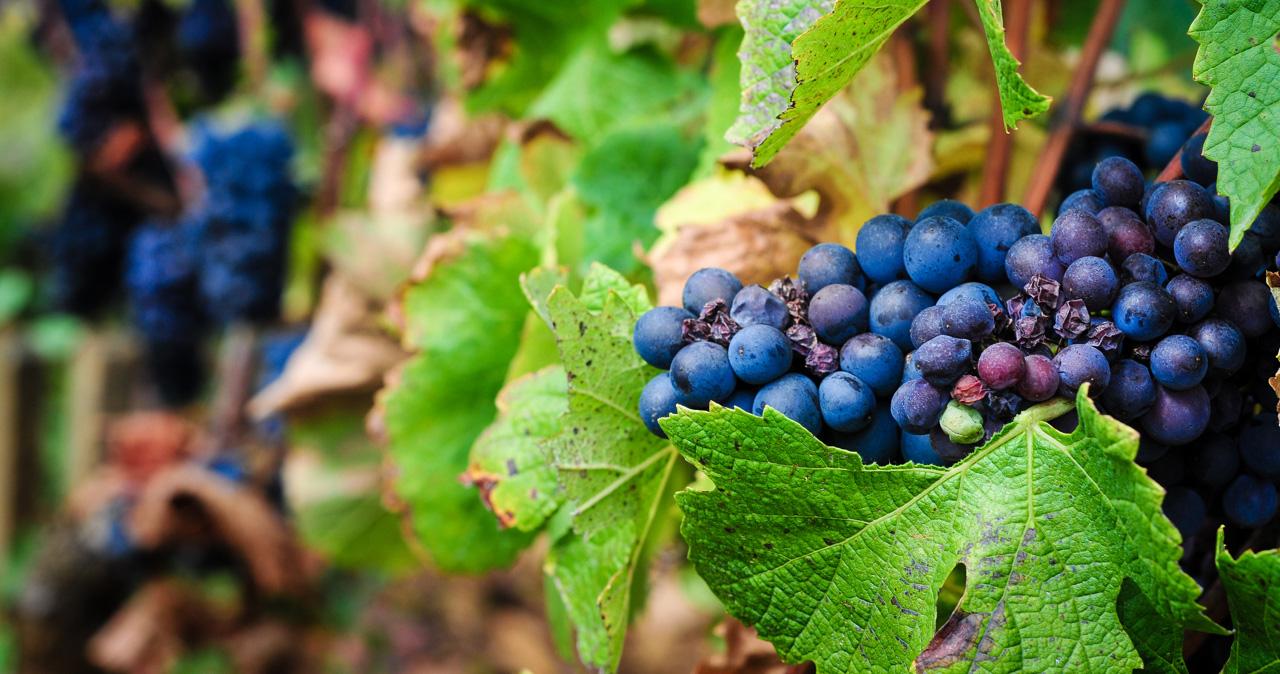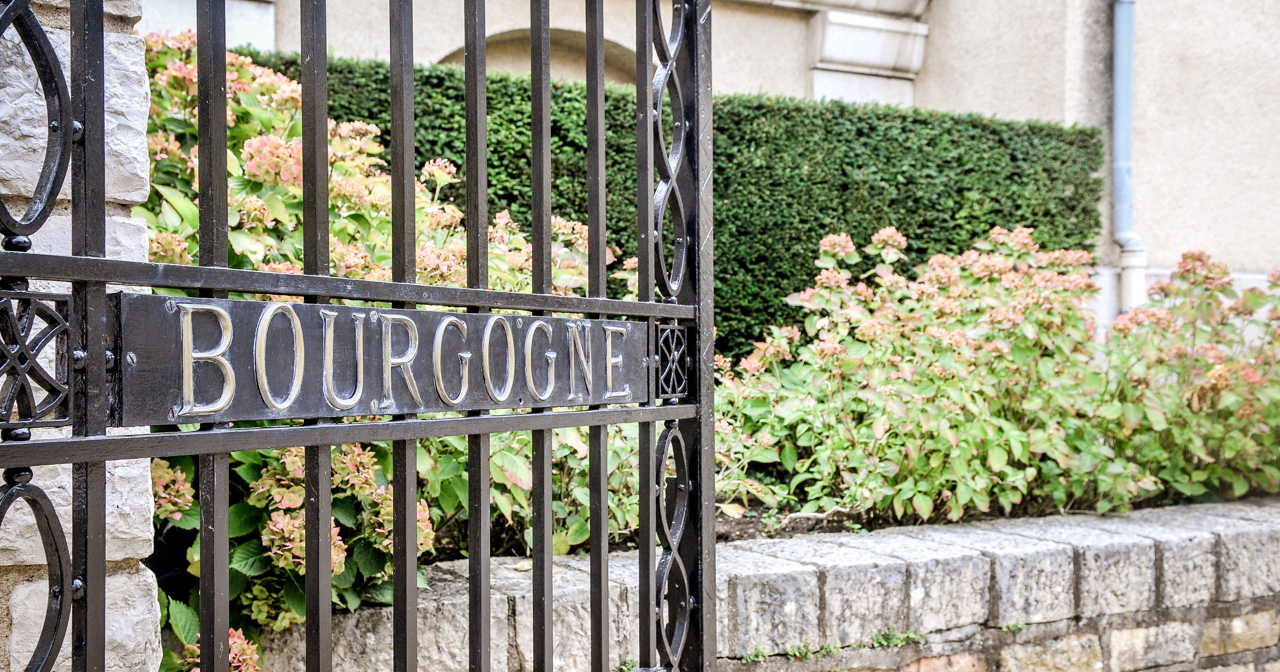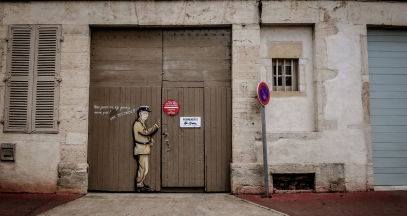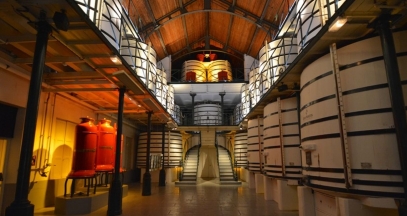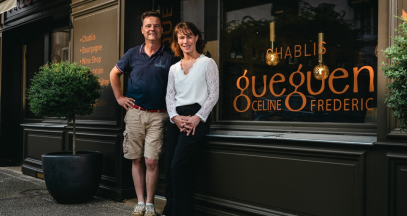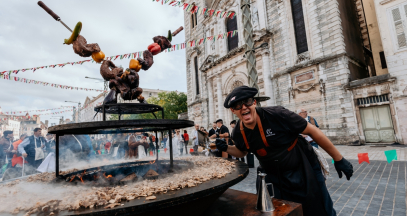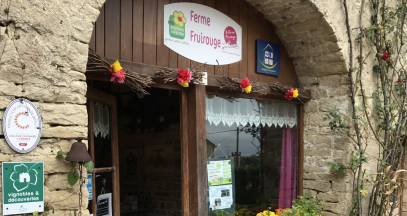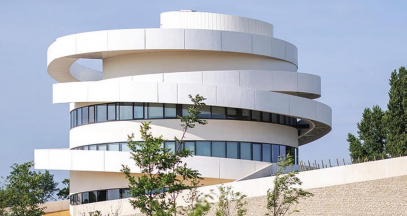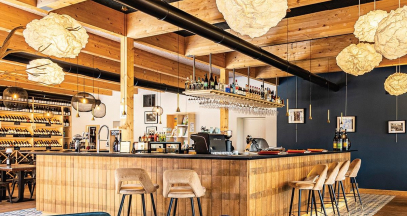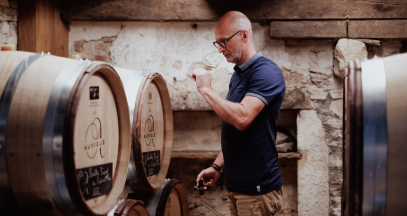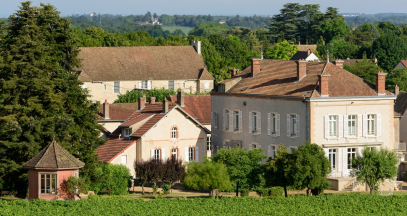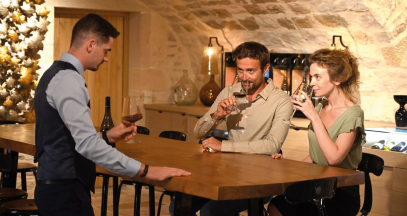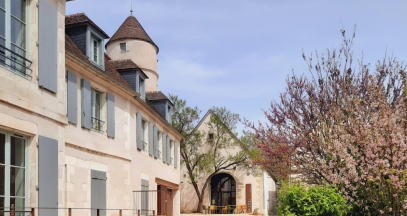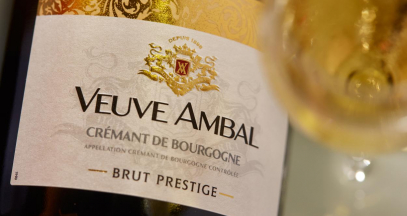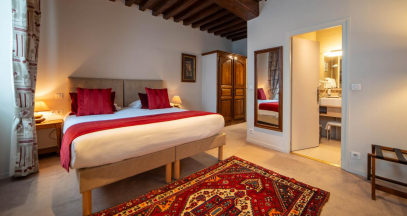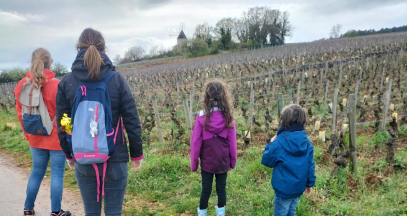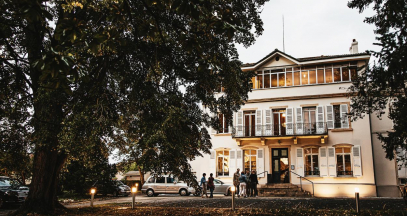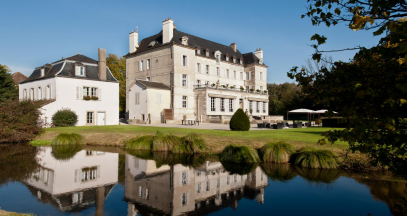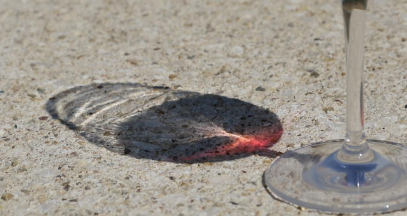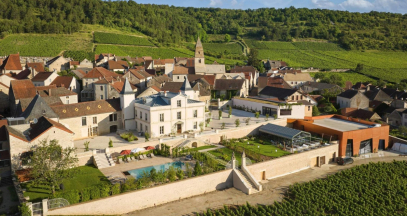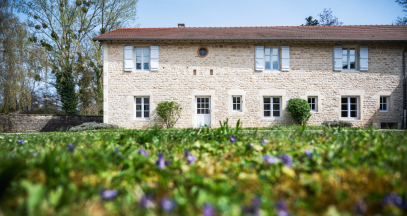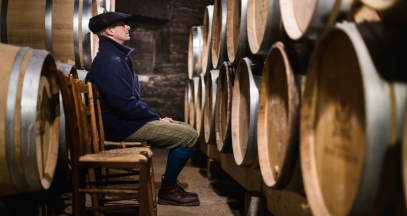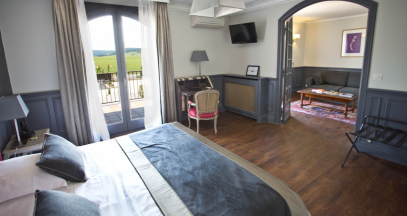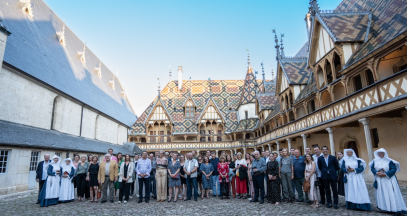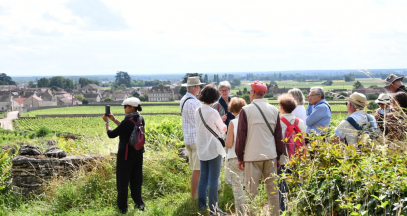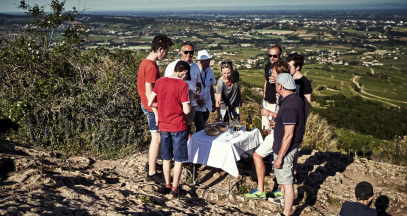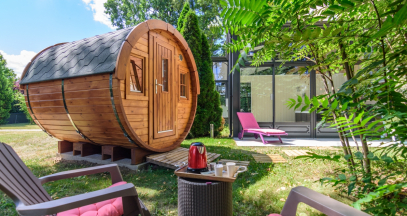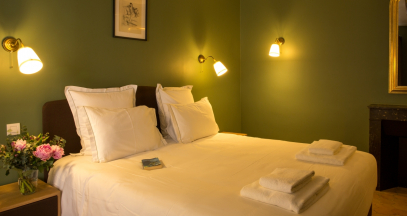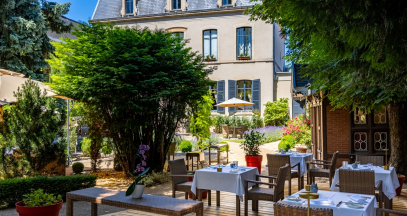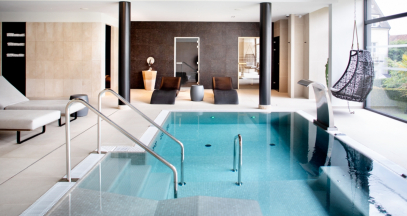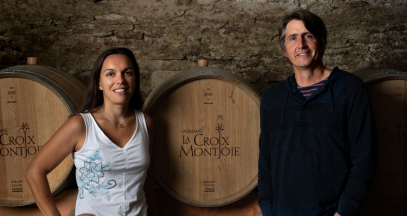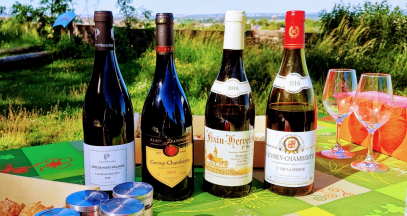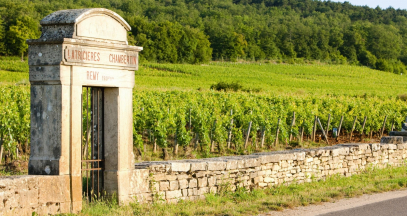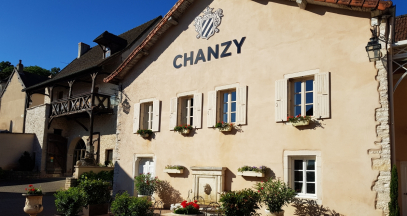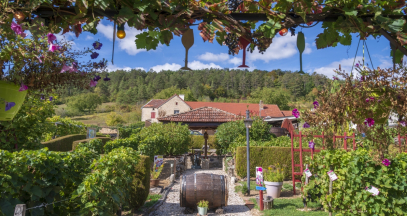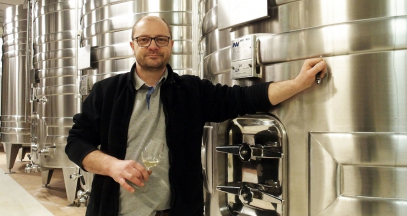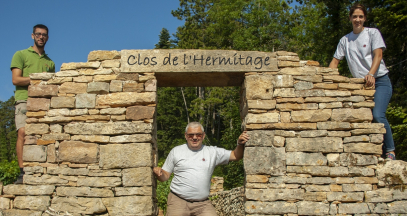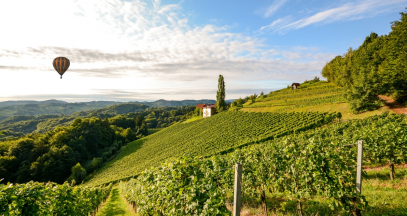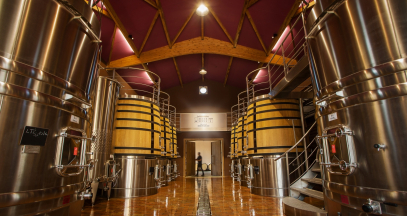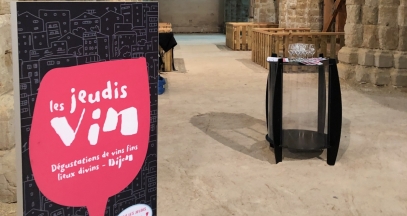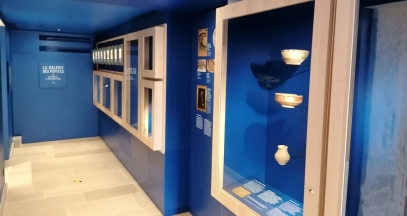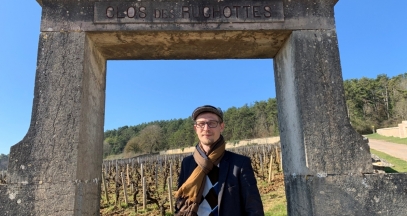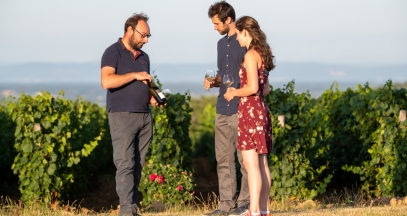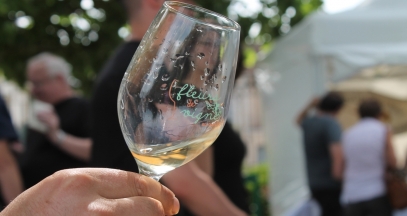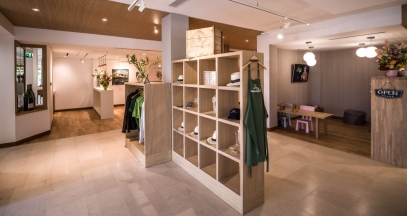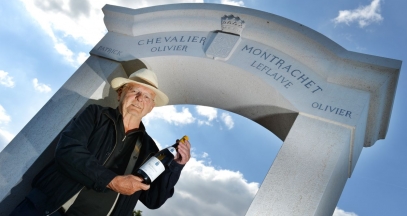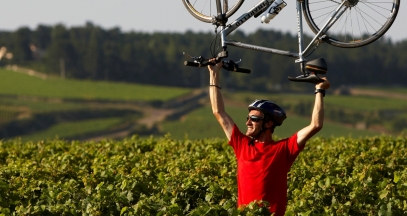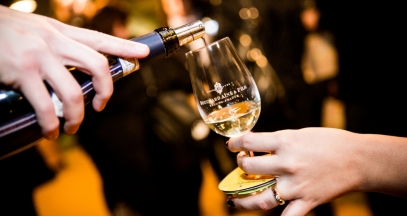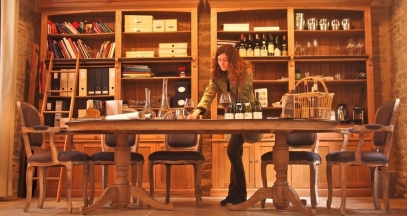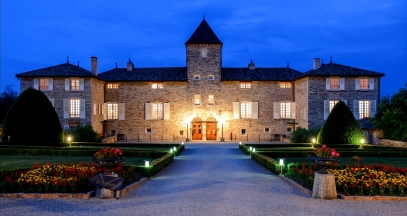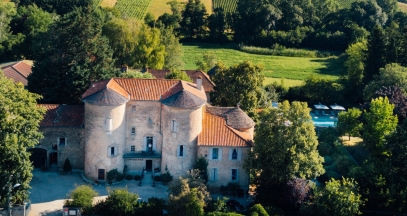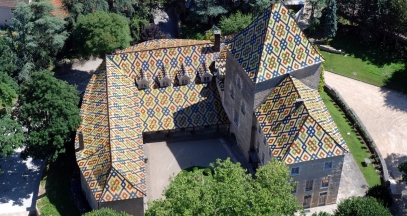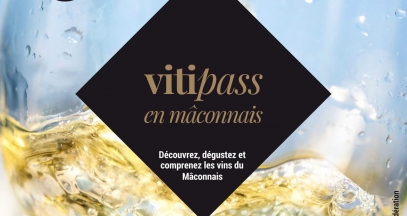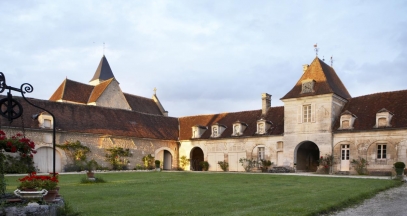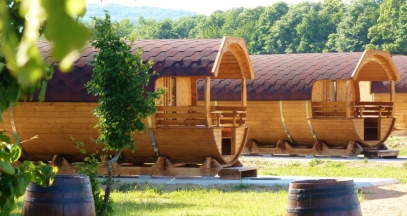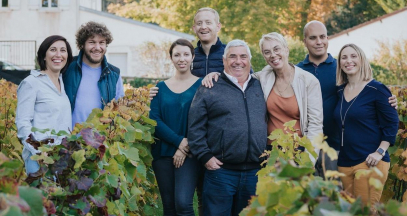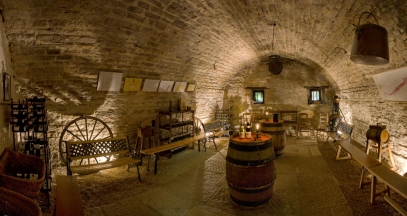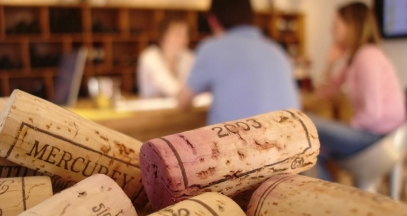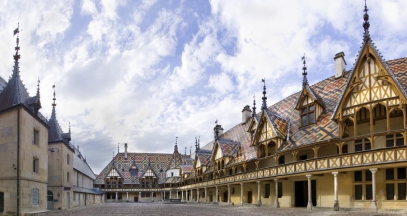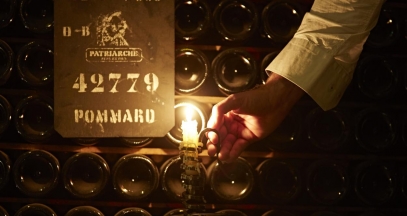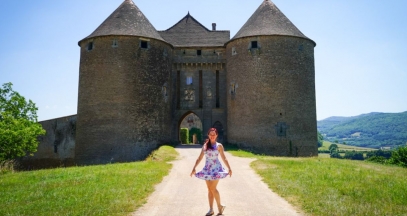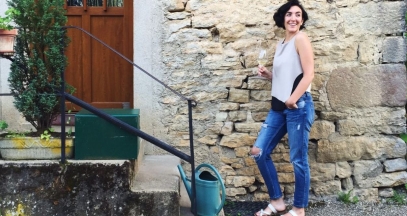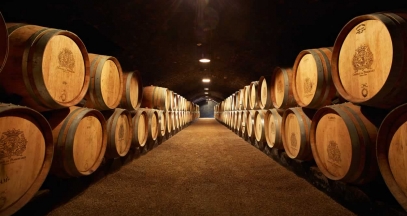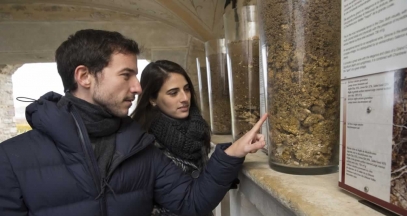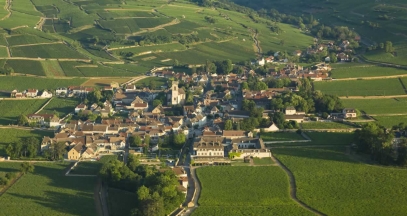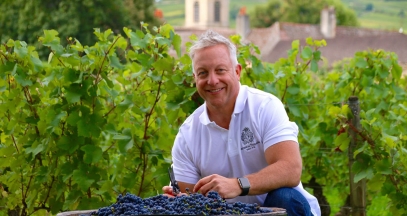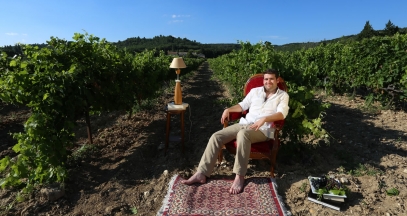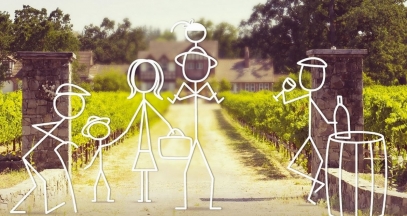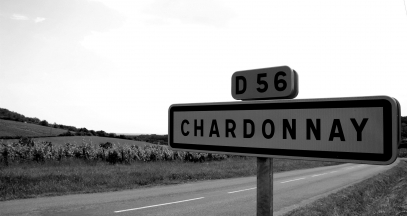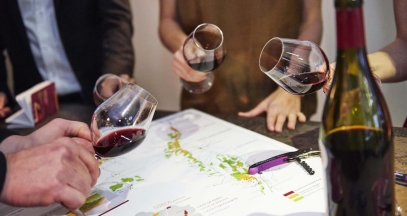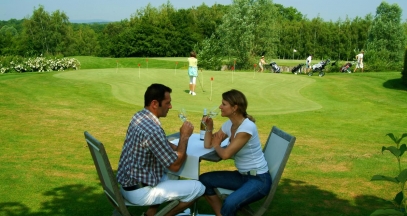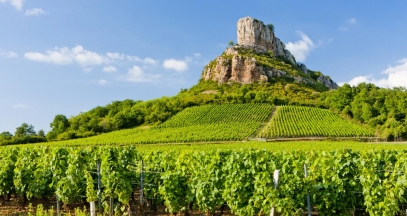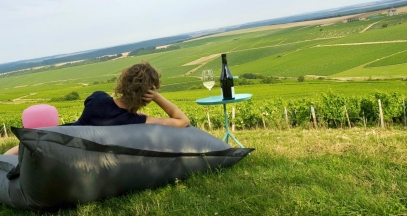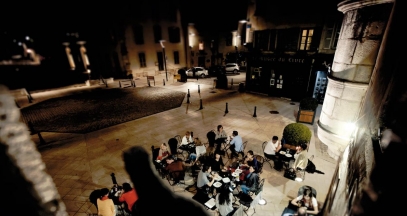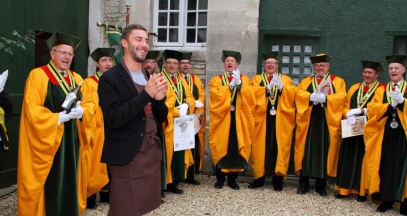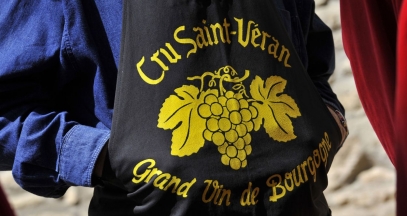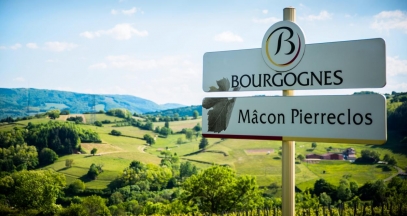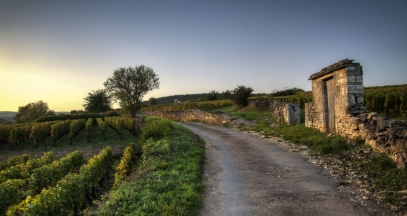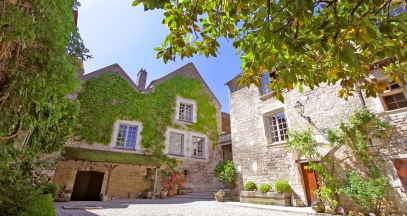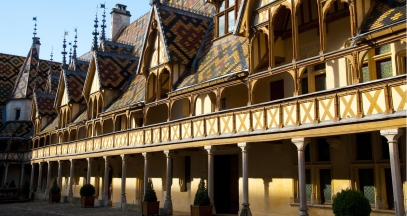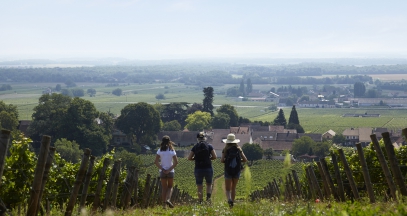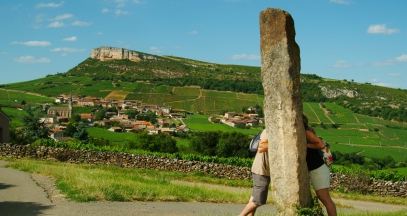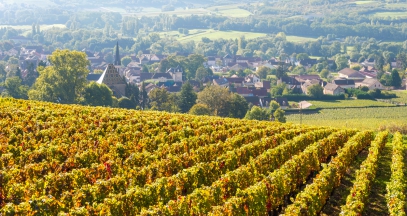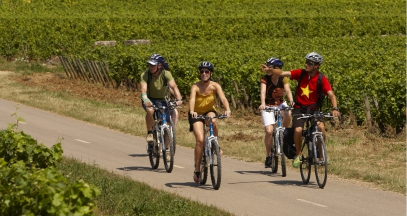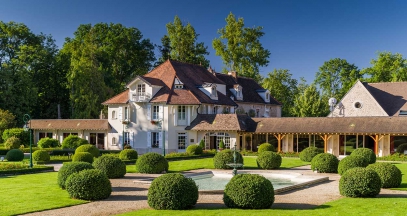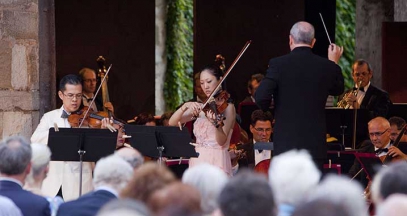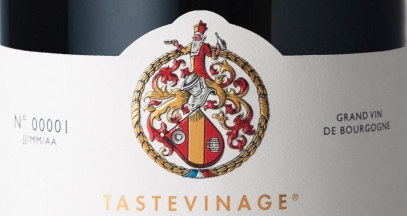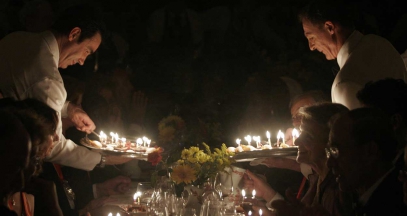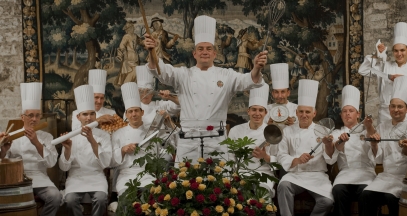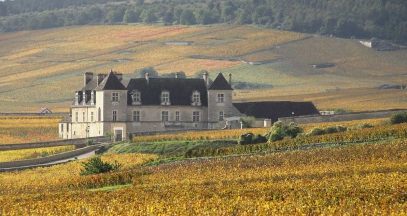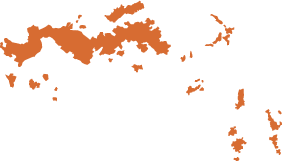Understanding wine in France is complicated, but thankfully, drinking it is simple. There are 11 primary wine-producing regions in France, with more than 300 AOC {Appellation d’Origine Contrôlée} distinctions making red, white, rosé, and sparkling wines. According to WineFolly.com, there are about 2,900 types of French wines. That means it would take eight years, drinking a new wine each day, to try them all.
In my role as a French wine ambassador for Visit French Wine, I’ve previously explored Cognac and the Loire Valley. For this year’s trip, I traveled to the most prestigious wine-producing region in the world: Burgundy. I’m not being biased. Of the 10 most expensive wines in the world, seven come from Burgundy. And of the 50 most expensive bottles, 32 come from this region. Despite its exceptional {and expensive} reputation, wine in Burgundy isn’t just for those in the market for a $15,000 Grand Cru from Domaine de la Romanée-Conti. When equipped with a few fundamental facts, you’ll find Burgundian wines to fit both your taste and budget. Whether planning a trip to the region or going to a local wine shop, you’ll find my basic guide to Burgundy wine helpful.
History of Wine in Burgundy
A basic guide to Burgundy wine would be incomplete without a little bit of history. A couple million years ago, Burgundy was covered by a sea, which created its limestone and marl {a limestone-clay mix} soils. This soil composition is responsible for creating the coveted minerality of Burgundian wines. The wine history in Burgundy is long, dating to around 50 BC. It’s believed that the Celts were producing wine in Burgundy when conquered by the Romans. The Romans picked up where the Celts left off, but after the fall of the Roman Empire, it was the Catholic church that took over the wine-making duties.
Around 900, Benedictine monks owned and worked much of the region’s land, but it was the Cistercian monks that elevated the art of Burgundian wines some two-hundred years later. Having taken vows of poverty, Cistercians believed that hard work brought them closer to God. Cultivating the rocky Burgundian slopes certainly qualified, but the monks also took an intellectual approach to wine making. They kept meticulous records and developed the idea of terroir, a term to describe the character of wine imparted by the environment in which it’s produced. In 1336, Cistercians created the first enclosed Burgundian vineyard {Clos Vougeot}, which is still producing wine.
The Dukes of Burgundy ruled the region in the 14th and 15th centuries. The Pinot Noir wine was so beloved that Duke Phillipe outlawed the growing of Gamay grapes in 1395. Later, he also banned manure fertilization, which increased grape yield, but diluted the flavors. In the late 15th century, Burgundy became part of France, which was still a monarchy. After the French Revolution, the church’s land was confiscated and auctioned off to private owners. Over several generations, the land was divided multiple times due to Code Napoléon. This law required that inheritances be divided equally among each child. Today, it’s not uncommon for a chateau to have dozens of owners, with only a few rows each.
Main Grapes of Burgundy
There are two main types of grapes grown in Burgundy: Pinot Noir and Chardonnay.
Pinot Noir originated in Burgundy and these vines cover 34% of the region, accounting for 29% of overall wine production. The red grape does extremely well in limestone and clay soil, which helps create their complexity. Pinot Noir wines from Burgundy range in color from cherry to brick, are light in body, and typically have red fruit and spicy flavors. Gamay is a red grape also grown in Burgundy, but only makes up 10% of the vines.
Chardonnay is the primary grape for white wines in Burgundy, making up 48% of the vines and 68% of production. Chardonnay appreciates Burgundy’s marl soil, which gives it delicate floral, fruit, and mineral aromas and full-bodied flavors. Aligoté is the second white grape, accounting for 6% grown. {Read more about the ancient Aligoté grape in Burgundy.}
The region does produce a sparkling wine called Crémant de Bourgogne. It can be made from Chardonnay, Pinot Noir, Pinot Gris, Aligoté, Gamay, Sacy, and Melon. Varieties include blanc, blanc de blancs, blanc de noirs, and rosé.
Wine-Producing Regions of Burgundy
Located about two hours southeast of Paris, the Burgundy wine region is about 93 miles long and makes up only 3% of the French wine production. Closest to Paris, in the northwest corner of Burgundy, are Chablis and Grand Auxerrois. Chablis wines are made with 100% Chardonnay grapes and include two AOC classifications, which are divided by the Serein River. Chablis wines are fresh and very dry, while Petit Chablis are light, with citrus and floral aromas. Grand Auxerrois is diverse and comprised of four areas: Auxerrois, Vézelien, Jovinien, and Tonnerrois. Auxerrois mostly uses Chardonnay and Aligoté for white wine and Pinot Noir and Gamay for red.
From Dijon to Nuits St George, on a narrow hillside strip about 12-miles long, Côte de Nuits is the epicenter for red wines. The majority of Burgundy’s Grand Crus are found here, but it also produces a small amount of white and rosé wines. The powerful reds are arguably the finest red wines in the world. Another sliver of wine-growing greatness can be found in the 12-mile long Côte de Beaune. Running north to south, from Ladoix-Serrigny to the Maranges communes, this world-renowned area also has a number of Grand Crus, as well as Premier Cru wines. In fact, Côte de Beaune home to 7 of the 8 white wine Grand Crus.
At about 15 miles long and only four-miles wide, Côte Chalonnaise is filled with hills that produce both white and red wines. Pinot Noir and Chardonnay are the main grapes, but there is also some Aligoté. In fact, Bouzeron is the only appellation that exclusively makes white wine with the Aligoté grape. In the south of Burgundy, located between two valleys, is Mâconnaise. The 22-mile long strip, between Sennecey-le-Grand and Saint-Vérand, is home primarily to Chardonnay grapes and a bit of Gamay.
Wine Classifications of Burgundy
When choosing French wines, it’s important be able to decipher their labels. Other than the producer and vintage, the quality of wine often can be determined just by reading the label. Of the four classifications in Burgundy, Grand Cru is the best. Translating to ‘great growth’, Grand Crus are the finest of wines in Burgundy and represent only 1.3% of production. Premier Crus are the second best classification and include 9.3% of Burgundy’s wines. Next are the Village appellation wines, making up 38.1% of production. The final officially classified wines are Regional applications comprising 51.3%.
This basic guide to Burgundy wine is just the beginning when it comes to learning about this world-renowned region. Whether choosing a Burgundian wine from a shop or menu, this knowledge will help you pick a wine to fit your taste. And if you’re so inclined to visit this remarkable region, find out more information through Beaune Tourism, as well as the Bourgogne Wine Board {BIVB}. While in France, make sure to sign up with Cristina Otel at Burgundy Wine School. A Master Vine, Wine, Terroir at the University of Burgundy, Cristina offers everything from a 90-wine course to a two-day wine course.
Cheers!
Read the full story on my blog Leah Travels
All credits go to Leah Walker from Leah Travels
LEARN MORE


